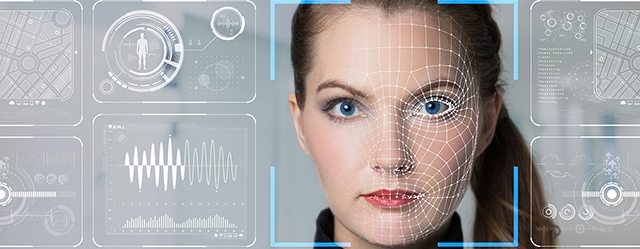Passwords may become a thing of the past as the drivefor greater cybersecurity ramps up.

The global biometrics market could grow by almost three times to reach some $11.1 billion by 2023, according to figures from Frost & Sullivan. At a current value of $4.6 billion, that constitutes an annual growth rate of 19.3%.
Driving this explosion in demand for biometric technology is the persistent threat of cybersecurity attacks, the growth of the Internet of Things, increasingly onerous regulation and the ongoing search for a more streamlined customer experience, particularly in banking and finance.
North America leads the biometrics charge, followed by Europe and Asia-Pacific, with the latter expected to enjoy the fastest growth over the next few years, according to Frost & Sullivan’s study. Mobile biometrics are garnering the most interest, as mobile payments grow in popularity and volume. Device manufacturers are helping to drive take-up, with fingerprint sensors ubiquitous in today’s smartphone market.
Fingerprint modality is, in fact, the dominant biometric factor across all applications as it is less expensive than other modalities, with facial and voice biometrics increasingly popular in the banking and finance domain. Outside of the sector, facial recognition technology is already a mainstay at border control, consistent with global goals to digitize identity programs.
But some of the advantages of biometrics may also be considered among its disadvantages, with concerns raised over the emergence of viable tactics for circumventing security protocols. Solutions to this problem are currently thought to lie in multimodal strategies or multifactor authentication.
Issues around ethics and legality when it comes to the use of biometrics data will likely be debated for some time to come, but they didn’t stand in its way in September, when, in a victory for innovation, the world’s first legal challenge over the police’s use of facial-recognition technology was rejected. Law enforcement agencies around the globe looked on with interest as a UK court ruled in favor of a police force’s continued use of the controversial surveillance technology.



